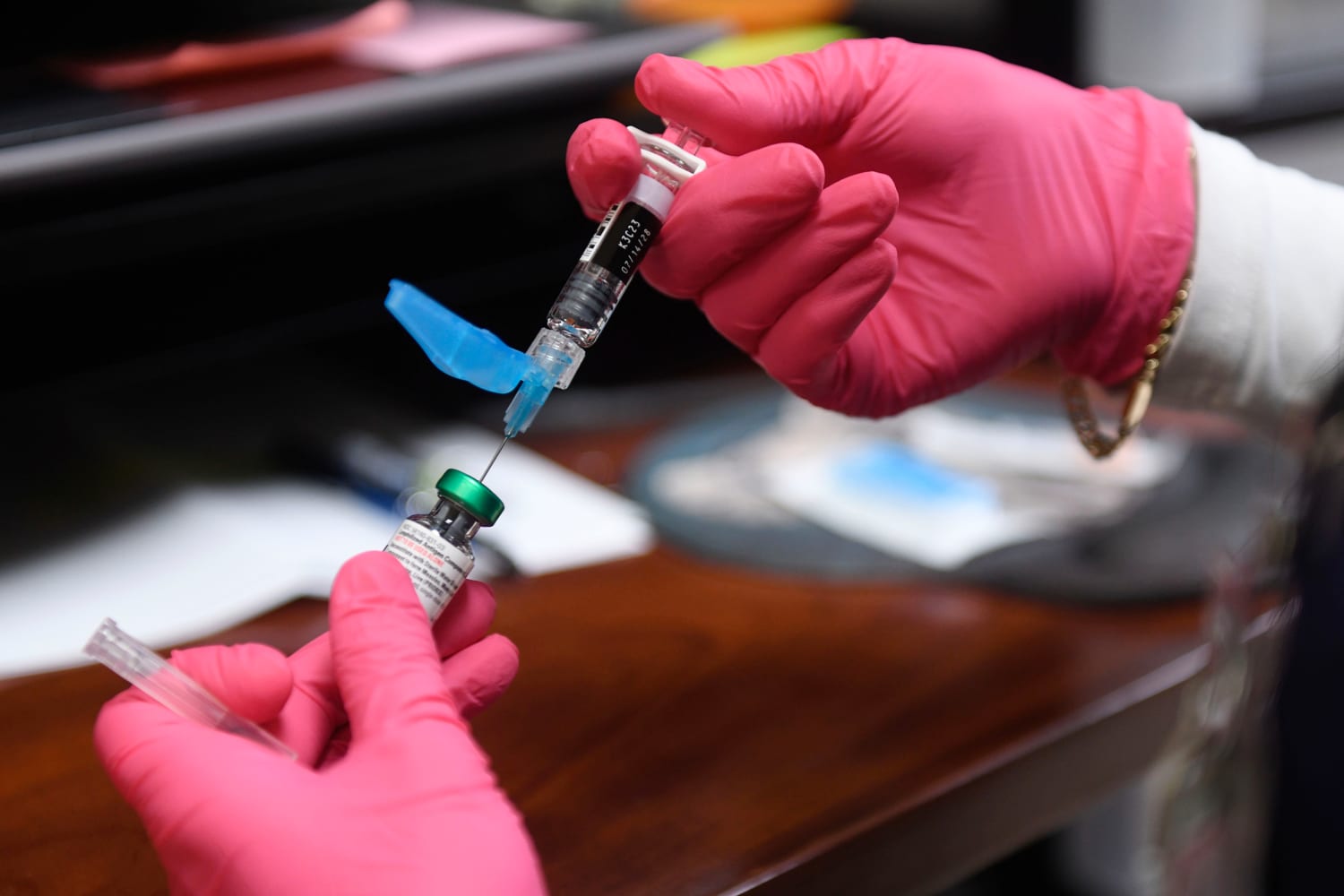After several months of increased worry, health authorities in Texas have reported that the measles epidemic which recently affected the state has now officially concluded. This announcement comes after weeks without any newly confirmed cases and the successful conclusion of observation periods for people previously exposed to the virus. The news signifies an important achievement for public health officials who organized extensive vaccination initiatives, contact tracing, and public education efforts to prevent the spread of the highly infectious illness.
Measles, a contagious viral disease recognized for spreading quickly, presents distinct challenges when epidemics happen in extensive states such as Texas. The population there is distributed across both congested urban centers and isolated rural regions, which makes providing consistent vaccine access and prompt medical attention a complicated task. The outbreak brought these issues to light, emphasizing the need for coordinated efforts by state agencies, local health departments, and national health organizations to collaborate effectively.
Throughout the course of the outbreak, officials emphasized that vaccination remained the most effective tool in preventing further cases. Public health campaigns were launched to encourage families to update their immunization records, particularly among children and young adults who may have missed scheduled doses. Clinics expanded their services, and in some counties, temporary vaccination sites were set up to reach underserved communities. These measures not only helped contain the outbreak but also increased overall awareness about the importance of maintaining high immunization rates.
The declaration that the outbreak is over is based on guidelines from the Centers for Disease Control and Prevention, which require a period of time to pass without additional cases before an outbreak can be considered resolved. In Texas, that waiting period has now been met, offering reassurance to residents and healthcare providers who had been on high alert. While this marks the conclusion of the immediate crisis, officials continue to stress that measles remains a potential threat whenever vaccination coverage dips below recommended levels.
Epidemiologists studying the spread observed that a significant number of cases were located in regions with vaccination levels below the state norm. This relationship mirrors a pattern both in the country and worldwide, where areas with lower vaccination acceptance turn into focal points for measles spread. These tendencies emphasize the importance of clear communication regarding the safety and efficacy of vaccines, especially considering that misinformation and reluctance still shape public actions. The situation in Texas contributes to the increasing amount of proof that outbreaks frequently highlight the repercussions of diminishing vaccination rates.
Public health leaders have described resolving the outbreak not as the conclusion, but as a starting point for action. They emphasize that although this phase has ended, preventing future recurrences demands continuous alertness. Persistent investment in immunization initiatives, educational efforts, and early detection mechanisms is essential. Additionally, it is important for healthcare practitioners to remain prepared to identify and manage potential measles cases to reduce risk if the virus is brought back through international travel or other sources.
The health crisis highlighted differences in healthcare availability throughout the state. Rural areas specifically struggled with receiving vaccines on time due to a lack of healthcare centers and greater travel distances. To counter these issues, mobile vaccination units and specific outreach initiatives were introduced to close the accessibility gap. These measures not only met urgent demands but also emphasized the significance of developing lasting infrastructure to provide equal access to preventive services for everyone, regardless of location.
Another significant aspect of the outbreak was the role of schools and childcare centers in managing exposure risks. State regulations required that unvaccinated children be excluded from classrooms during periods of heightened risk, a policy that prompted debate but ultimately contributed to containing the spread. For many families, the outbreak became a turning point in recognizing the broader community benefits of vaccination. Education campaigns in schools further reinforced these lessons, helping young people understand how individual choices affect public health.
Healthcare workers caring for patients with measles during the outbreak recounted the impact on those affected and their families. Although a significant number of individuals recovered, some suffered from complications necessitating hospital care. This illness, frequently regarded as an outdated childhood condition, displayed its real seriousness when symptoms advanced to pneumonia, ear infections, and, occasionally, more critical consequences. These experiences were extensively communicated by health departments as part of larger outreach efforts to highlight the dangers of neglecting vaccination.
The conclusion of the outbreak has been greeted with relief, while also recognizing the extensive efforts made behind the scenes. From contact tracers identifying potential exposures to laboratory personnel performing swift testing, the combined efforts of numerous professionals throughout the state were crucial. Their united action acts as an example of how fast mobilization, effective communication, and community involvement can manage an outbreak efficiently in a short period.
Looking ahead, the authorities in Texas are dedicated to preserving robust monitoring frameworks capable of promptly identifying and addressing any resurgence of measles. These frameworks depend not just on healthcare professionals reporting potential cases but also on public adherence to vaccination recommendations. Health officials warn that although the outbreak has ended, measles still persists in other regions globally, implying that imported cases will continuously present a threat. Thus, keeping high immunization levels is the most dependable protection against a new outbreak.
In contemplating this occurrence, numerous analysts view it as simultaneously a cautionary tale and an achievement. The caution stems from the reality that measles, which was nearly eradicated in the United States, reemerges when vigilance is relaxed within communities. The achievement is shown in proving that with collective efforts and community involvement, even a highly infectious virus can be controlled. For Texas, the conclusion of this outbreak delivers not only relief but also a strengthened dedication to safeguarding public health through science-driven policies and active participation.
The announcement that the measles epidemic in Texas has officially concluded marks a significant moment in the state’s public health narrative. It serves as a reminder to citizens about the risks of becoming too comfortable while underscoring the success of prevention and swift action. As health authorities shift their attention to readiness for future challenges, the insights gained from this incident will persist in influencing approaches to control contagious illnesses. By remaining alert, promoting immunization, and endorsing healthcare availability, Texas seeks to avoid a recurrence of similar events.






